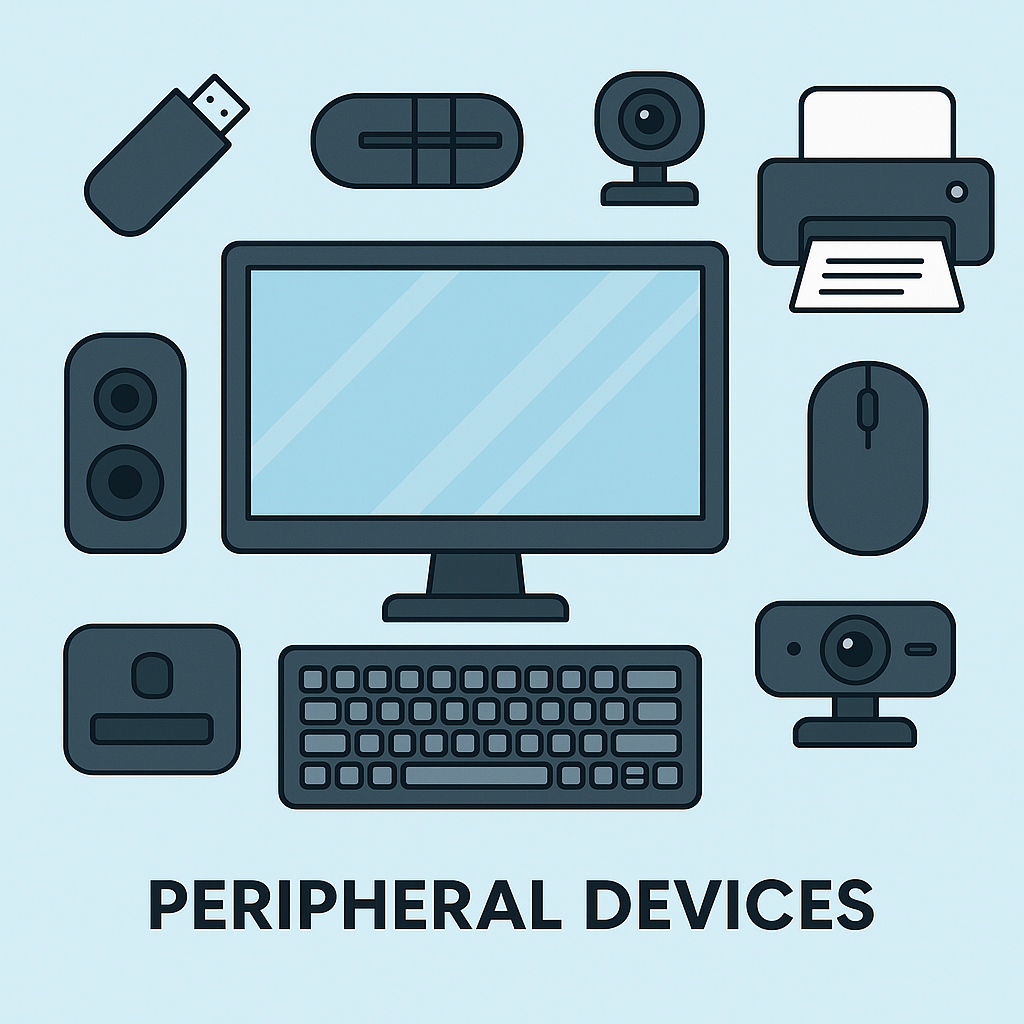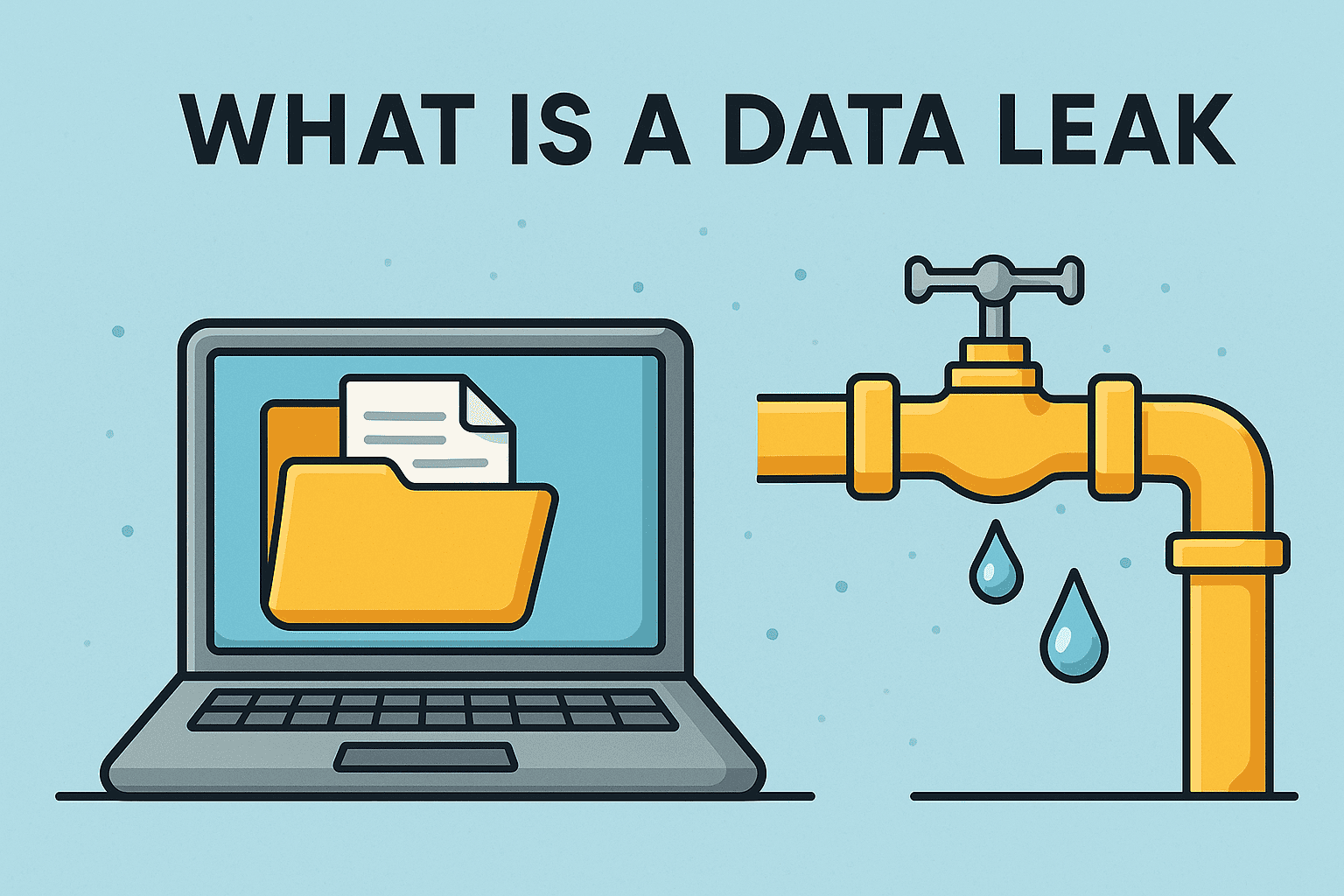What is Computer: A Complete Guide for Everyone
Updated on August 14, 2025, by Xcitium

Have you ever wondered what is computer and why it’s still the backbone of every industry, from finance to cybersecurity?
Even in an age of AI, smartphones, and cloud computing, the computer remains the central tool for data processing, communication, and innovation. Whether you’re a CEO overseeing enterprise systems or a student learning basic IT skills, understanding how computers work is a valuable asset.
Definition: What is Computer?
A computer is an electronic device that processes information according to instructions provided by software. It can store, retrieve, and manipulate data at incredible speeds, making it an indispensable tool in nearly every field.
Key features:
- Accepts input (data and instructions)
- Processes data based on instructions
- Produces output (results)
- Stores data for future use
Main Components of a Computer
Computers consist of hardware (physical components) and software (programs and operating systems).
1. Hardware
- Central Processing Unit (CPU) – The “brain” of the computer.
- Memory (RAM) – Temporary storage for active tasks.
- Storage – Hard drives (HDD) or solid-state drives (SSD) for long-term data.
- Input Devices – Keyboard, mouse, scanner.
- Output Devices – Monitor, printer, speakers.
2. Software
- System Software – Operating systems like Windows, macOS, Linux.
- Application Software – Programs like MS Office, browsers, or antivirus.
- Utility Software – Tools for optimization and security.
Types of Computers
Computers vary in size, power, and purpose:
- Supercomputers – Extremely powerful, used for scientific simulations and weather forecasting.
- Mainframes – Large-scale computing for banks, airlines, and government agencies.
- Servers – Store and manage data for networks.
- Personal Computers (PCs) – Desktops and laptops for everyday use.
- Embedded Systems – Computers inside other devices, like cars or smart appliances.
How Computers Work: The Processing Cycle
The computer operates using the IPO Cycle:
- Input – Data entered via devices like keyboards or sensors.
- Processing – CPU executes instructions.
- Output – Processed results displayed or stored.
- Storage – Data kept for future access.
Importance of Computers in Modern Life
In Business
- Automates tasks and improves efficiency.
- Supports data analysis and decision-making.
- Facilitates remote collaboration.
In Education
- Provides access to vast learning resources.
- Enables online learning and virtual classrooms.
In Cybersecurity
- Runs protection systems like firewalls, antivirus, and endpoint protection services.
- Detects and mitigates cyber threats.
Advantages of Computers
- Speed – Processes millions of instructions per second.
- Accuracy – Reduces human error.
- Storage – Holds vast amounts of data.
- Automation – Saves time and effort.
Disadvantages of Computers
- Cybersecurity Risks – Vulnerable to hacking and malware.
- Dependency – Over-reliance can reduce manual skills.
- Obsolescence – Technology changes rapidly.
Frequently Asked Questions (FAQ)
1. What is the basic definition of a computer?
A device that processes data according to instructions, producing useful output.
2. Who invented the first computer?
Charles Babbage is credited with designing the first mechanical computer, the Analytical Engine.
3. What are the main types of computers?
Supercomputers, mainframes, servers, personal computers, and embedded systems.
4. What is the role of software in a computer?
Software provides the instructions that tell the hardware what to do.
5. How do computers help in cybersecurity?
They run advanced security tools to detect, prevent, and respond to cyber threats.
Final Thoughts
The question “what is computer” may seem simple, but its impact on our daily lives is enormous. From managing business operations to protecting critical infrastructure, computers are the engines driving our digital world.
Ready to Protect Your Digital Assets?
Ensure your computers and networks are secure with advanced endpoint protection from Xcitium.















